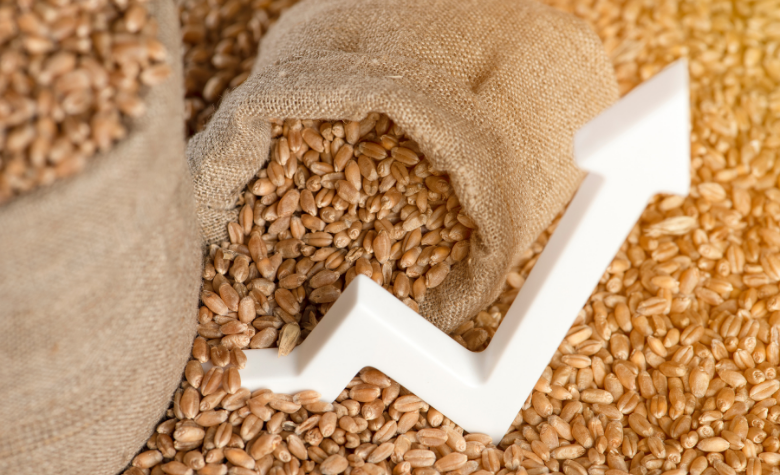
The government’s decision to change the procedure for calculating minimum export prices for certain agricultural products has raised concerns among industry associations, as Resolution No. 331 creates certain risks for exports.
According to members of the Ukrainian Agribusiness Club (UCAB), the main methodological flaw is the unjustified change in the calculation of reference minimum export prices for certain goods, shifting from the fifth to the tenth percentile using the quantile method.
In practice, this means that starting in April, the minimum export price will be higher. The higher the percentile used—which in this case excludes the bottom 10% of prices—the more high-priced transactions remain in the calculation.
It is also unclear why the calculation was changed from the fifth to the tenth percentile. Therefore, it cannot be ruled out that the government may revise this figure again in the future, leaving an even greater number of higher prices to be included in the calculation of minimum export prices.
Furthermore, when the state changes the rules of the game so abruptly, it is difficult for exporting companies to communicate these changes to their counterparties. How can one explain that the prices in a signed contract need to be increased, otherwise it will be impossible to export the shipment?
However, the Ministry of Agrarian Policy and Food has responded to the agribusiness community’s appeal regarding the changes in calculating minimum export prices and has proposed finding a solution together. As a result, agricultural associations have submitted proposals to improve the Procedure.
Specifically, UCAB will propose adjusting the calculation of the minimum export price not only based on the 10th percentile method but also by taking into account weighted average prices. Under this approach, the minimum export price should not exceed 80% of the weighted average price. This method is better tied to the real market situation and, in our opinion, is more objective.
Our second proposal concerns a quicker reaction from the Ministry of Agrarian Policy to market changes. This is an urgent need in the context of tariffs being introduced by the U.S. and the retaliatory measures from countries affected by American duties. Such actions indirectly affect Ukraine, as the global market may react with a sharp drop in prices for crops important to our exports, particularly corn, sunflower, and wheat.
Therefore, we propose that the Ministry of Agrarian Policy and Food should have the ability to intervene promptly and set minimum export prices not just once a month, but once every ten-day period (a decade) if the value of agricultural products falls by more than 10-20%. It is important to emphasize that this would be the right, not the obligation, of the ministry to issue a new order establishing lower minimum export prices, taking into account price fluctuations on the global market.
If the government officials view our proposal positively, it would be logical to orient towards the trading platforms of the countries where we export agricultural products, such as the Warsaw Stock Exchange, Euronext, MATIF, and others.
Currently, in the draft amendments to the 5th point of the Procedure, the Ministry of Agrarian Policy and Food proposes a clarification that the minimum price is based on the value of agricultural products recorded in customs declarations from the previous period. The ministry has emphasized that their proposed changes do not solve the problems, which is why it is important for them to involve the agribusiness community in improving the mechanism for setting minimum export prices.
The government introduced the export assurance regime to combat so-called “gray” exports, and the business community agrees with this goal: it is very important that foreign currency revenue returns to Ukraine in full. At the same time, agricultural enterprises need a mechanism for setting minimum export prices that does not interfere with negotiating product values with counterparties and trading freely. Therefore, there is hope that the agribusiness community will be heard and that a balanced mechanism for setting minimum export prices will be developed through joint efforts.
Specially for AgroTimes


